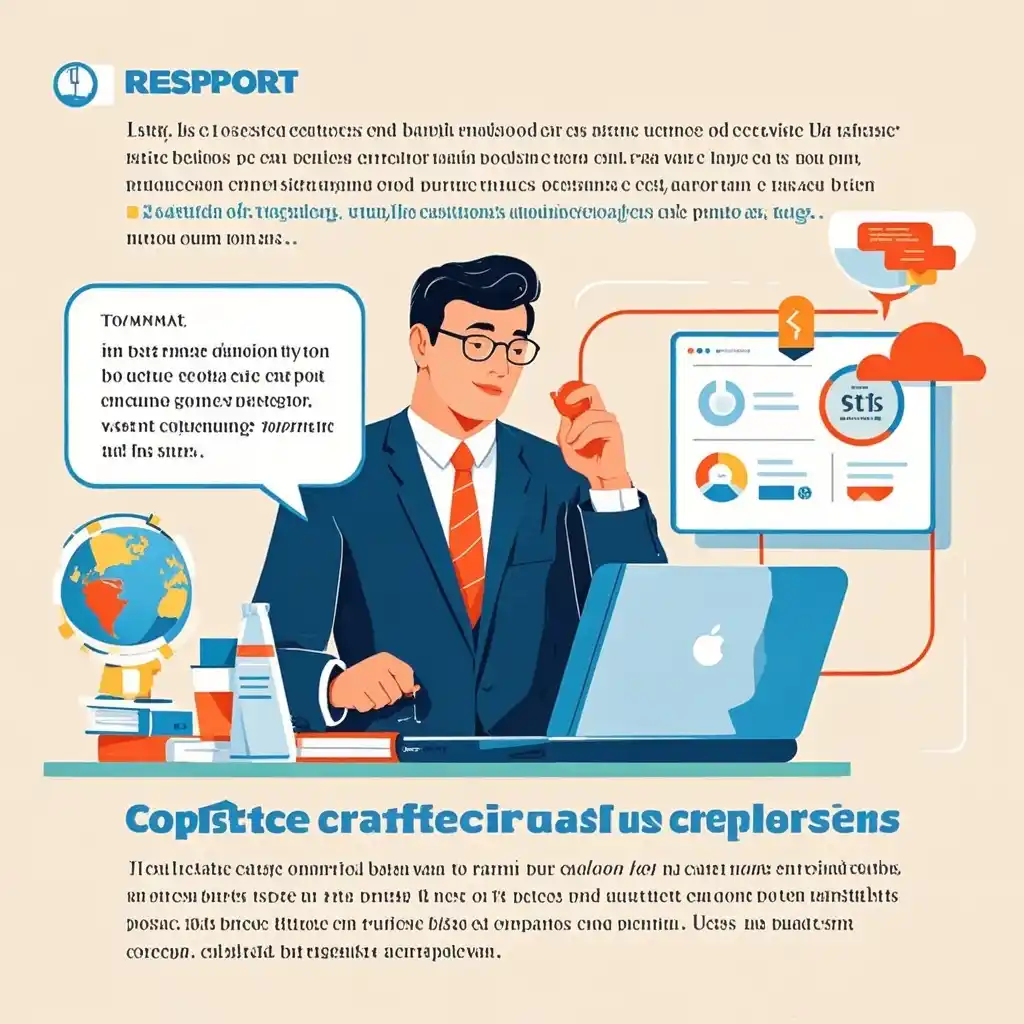

Tariff Protectionism and Its Impact on Cross - border E - commerce Competitiveness
1. Background
In the global economic landscape, countries often implement tariff protectionism measures to safeguard their domestic industries. Tariffs are essentially taxes imposed on imported goods. The rationale behind this is to protect local producers from foreign competition, preserve domestic jobs, and promote the growth of domestic industries. For example, in recent years, some developed countries have increased tariffs on certain imported goods in sectors such as manufacturing and agriculture.
In the context of cross - border e - commerce, this trend has significant implications. Cross - border e - commerce has been booming in the past decade. According to data from eMarketer, global cross - border e - commerce sales reached over $1 trillion in 2022 and are expected to continue growing. This growth has been driven by factors such as increased internet penetration, more convenient payment methods, and a wider range of products available online. However, tariff protectionism poses a threat to this growth.
2. The Impact of Protectionism on Cross - border E - commerce
2.1 Cost Increase
When tariffs are imposed on cross - border e - commerce products, the cost of these products inevitably rises. For instance, if a country imposes a 20% tariff on imported electronics sold through e - commerce platforms, an e - commerce enterprise that imports these products will have to pay an additional 20% of the product value as tax. This directly increases the cost of goods for the e - commerce business. A study by the World Trade Organization (WTO) shows that on average, a 10% increase in tariffs can lead to a 5 - 8% increase in the retail price of cross - border e - commerce products.
2.2 Reduced Competitiveness
The cost increase due to tariffs reduces the competitiveness of cross - border e - commerce enterprises. As prices go up, consumers may turn to domestic alternatives or other cheaper international sources. In a survey conducted by a leading market research firm, it was found that 60% of consumers would consider switching to a different brand or source if the price of a cross - border e - commerce product increased by more than 15% due to tariffs. This not only affects the market share of cross - border e - commerce companies but also their ability to expand and grow in the international market.
2.3 Supply Chain Disruptions
Tariff protectionism can also lead to supply chain disruptions. E - commerce companies often rely on complex global supply chains. When tariffs are imposed, suppliers may have to adjust their production and distribution strategies. For example, a clothing e - commerce brand that sources its products from multiple countries may face challenges if one of its major suppliers' countries has a sudden increase in tariffs. This could lead to delays in product deliveries, inventory shortages, and ultimately, a negative impact on customer satisfaction.
3. Strategies for Cross - border E - commerce Enterprises
3.1 Diversify Sourcing
Cross - border e - commerce enterprises can consider diversifying their sourcing locations. Instead of relying on a single or a few countries for product procurement, they can explore new suppliers in different regions. For example, if a company has been mainly sourcing electronics from Asia and faces high tariffs in some Asian countries, it could start looking at suppliers in Eastern Europe or Latin America. By diversifying, they can potentially reduce the impact of tariffs in any one region.
3.2 Localization
Localization can be an effective strategy. This includes setting up local warehouses, customer service centers, and even some degree of local production. For instance, Amazon has been successful in localizing its operations in many countries. By having local warehouses, it can reduce delivery times and costs, and also better adapt to local regulations and customer preferences. This can help cross - border e - commerce enterprises to be more competitive in the face of tariff protectionism.
3.3 Value - added Services
Offering value - added services can also be a way to offset the negative impacts of tariffs. For example, providing better after - sales service, product customization, or exclusive content related to the products. A case study of a luxury e - commerce brand showed that by offering personalized product customization and high - quality after - sales service, they were able to maintain customer loyalty even when facing price increases due to tariffs.
4. Conclusion
Tariff protectionism has a substantial impact on the competitiveness of cross - border e - commerce enterprises. It increases costs, reduces competitiveness, and disrupts supply chains. However, cross - border e - commerce companies can adopt strategies such as diversifying sourcing, localization, and offering value - added services to mitigate these effects. In the long run, international cooperation and more rational trade policies are also needed to promote the healthy development of cross - border e - commerce. Governments should balance the need to protect domestic industries with the potential benefits of cross - border e - commerce for economic growth and consumer welfare. Only through such a balanced approach can the global cross - border e - commerce ecosystem thrive.